Vatican City, Nov 22, 2024 / 12:45 pm
St. Cecilia, widely known as the patron saint of music and musicians, is buried in the Basilica of St. Cecilia in the Roman neighborhood of Trastevere where a famous Baroque sculpture of her still puzzles scholars.
According to popular belief, Cecilia was a Roman noblewoman who lived in the third century. Despite being forced by her family to marry, she remained a virgin, as she had vowed to do as a young girl.
Her pagan husband, Valerian, converted to Christianity after their marriage, and Valerian’s brother, Tiburtius, was also baptized a Christian. Both men were martyred. St. Cecilia, too, would later be tortured and martyred. It is said she took three days to die after the executioner hit her three times on the neck with a sword.
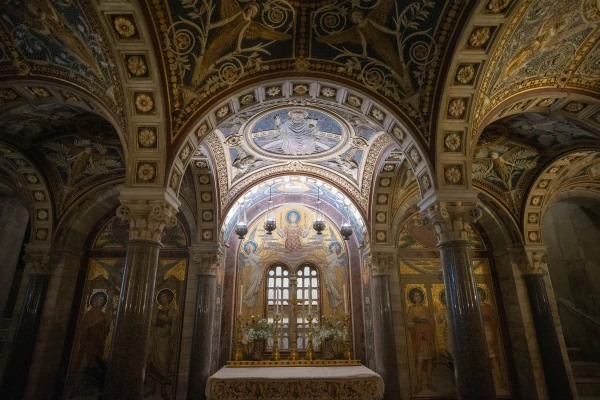
After her martyrdom, St. Cecilia was buried in the Catacomb of St. Callixtus. The underground burial place of early Christians was created around the turn of the first century A.D. by Callixtus, a deacon who later became pope.
Located under the Appian Way, an ancient Roman road connecting the city to southeast Italy, the Catacomb of St. Callixtus once held the bodies of more than 50 martyrs, including St. Cecilia, and popes from the second to the fourth centuries.
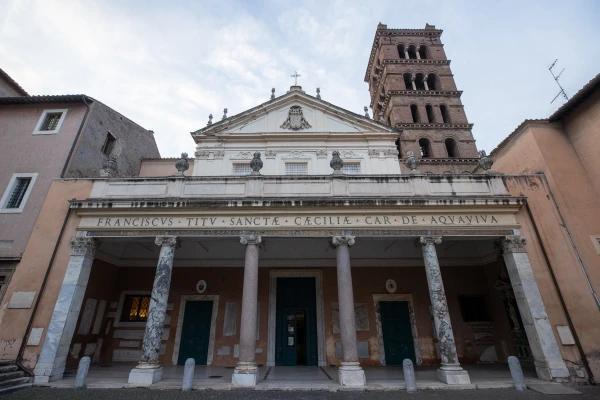
After the end of Christian persecution, the relics of the Christians buried in the city’s many catacombs were moved to churches for veneration. St. Cecilia’s remains were transferred in the early 800s to a church built on the ruins of her former home.
It is said that hundreds of years later, during a restoration of the church in 1599, her tomb was opened, revealing her body to be, miraculously, incorrupt. Artist Stefano Maderno was commissioned to create a marble sculpture of the saint.
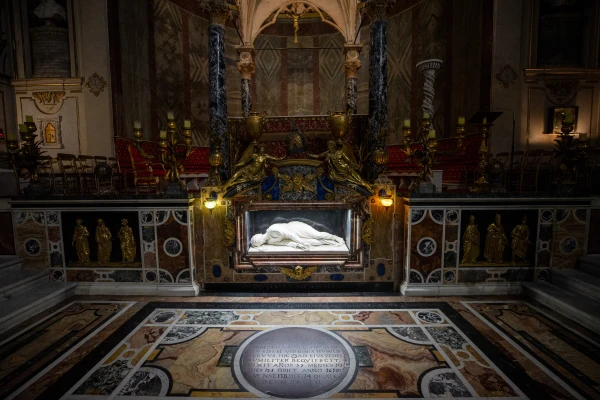
Sources disagree about whether the Baroque artwork, still on display today at Cecilia’s tomb in the Basilica of St. Cecilia in Trastevere, is a depiction of how the saint’s body was found in 1599 or an invention of Maderno. Either way, the sculpture — which depicts Cecilia lying on her right side, her hands tied, her face turned toward the ground and the wound of her martyrdom visible upon her neck — is considered a masterpiece.
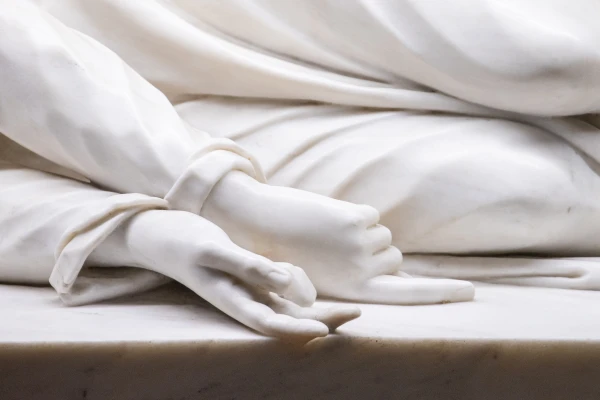
There are several widely-told legends about St. Cecilia and her husband. One of the oft-repeated beliefs, dating to the fifth century, is that she sang to God “in her heart” as musicians played at her wedding feast.
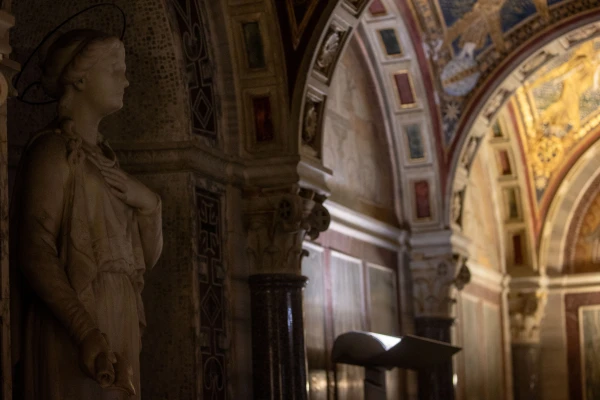
This story about the saint comes from a Latin antiphon, but there is a competing interpretation, however.
“Cantantibus organis, Caecilia virgo in corde suo soli Domino decantabat dicens: fiat Domine cor meum et corpus meum immaculatum ut non confundar,” the Latin antiphon says. In English it means: “While the instruments played, the virgin Cecilia sang in her heart to the Lord alone, saying, ‘Let my heart and my body be made pure, that I may not be confounded.’”
(Story continues below)
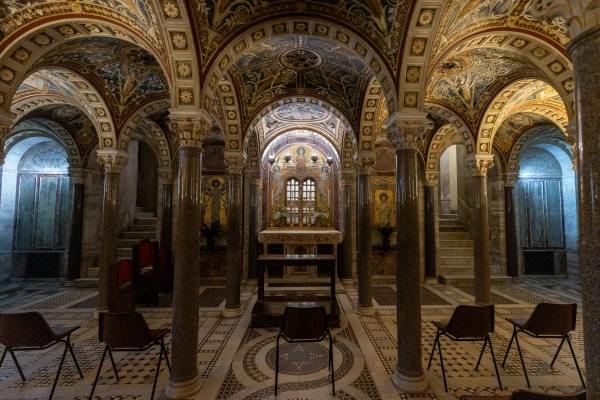
Another version of the antiphon gives a slightly different opening word, “candentibus,” instead of “cantantibus,” which would change the translation from musical instruments playing to “glowing” instruments of torture.
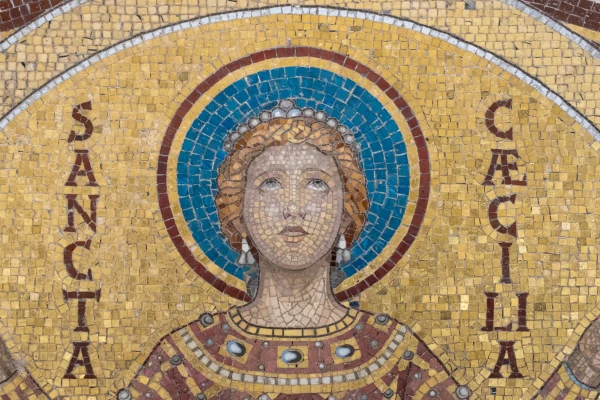
Scholars continue to disagree about which Latin version is the correct one and which may be a copy error. What is without dispute, however, is St. Cecilia’s selfless example of faithfulness to God, even to the point of the sacrifice of her own life.
St. Cecilia’s feast day in the Church is celebrated Nov. 22.















